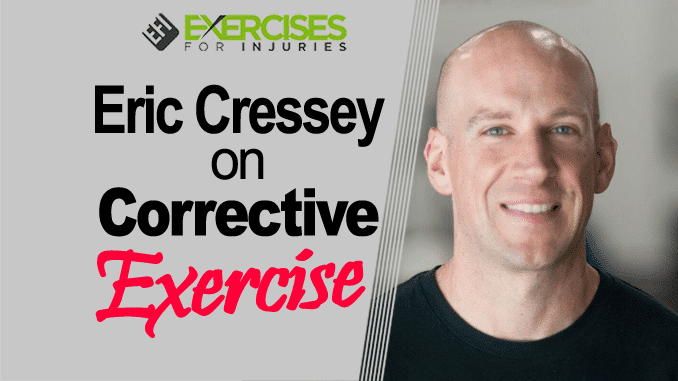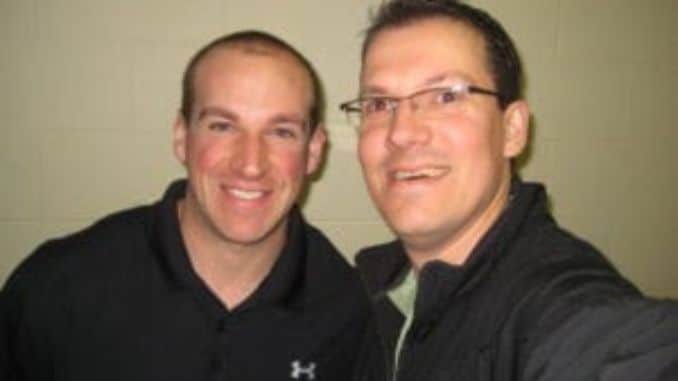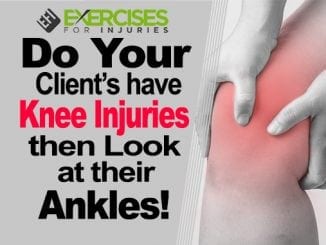
What is Corrective Exercise?
Corrective exercises are a type of exercise that treats imbalances and postural problems. These imbalances can cause pain and discomfort, and corrective exercises address these issues. Researchers have found that corrective exercises benefit people who suffer from chronic pain conditions, such as chronic neck or back pain.
Corrective exercise is a type of exercise designed to treat imbalances and postural problems. These imbalances can cause pain and discomfort, and corrective exercises address these issues. Studies have shown that corrective exercises can be an effective way to reduce pain and discomfort.
These exercises can be efficient for reducing inflammation and improving flexibility. A corrective exercise is also a good option for people who are recovering from an injury or surgery. It’s important to note that corrective exercises are not suitable for everyone. People with certain medical conditions may need to talk to their doctor before starting a remedial exercise program.
Benefits of Corrective Exercise
The therapeutic benefits of exercise have been well documented. From improved mood to helping control weight and blood sugar levels to boosting the immune system and reducing stress-induced inflammation, regular exercise is one of the best things you can do for your health.
However, most people don’t think about exercise as a more specific exercise called “corrective exercise.” The corrective exercise targets the weak muscles and joints and helps strengthen them, so they are not pulling on joints and causing damage. Some people tend to have strengths or stronger joints than others, which can cause them to draw on their joints and become less mobile over time.
“Dynamic stretching” is one of the most popular types of corrective exercises. This exercise is similar to a dynamic warm-up and includes leg swings, leg presses, leg raises, knee flexes, and leg circles.
You can customize these exercises to target specific body areas, such as the head, shoulders, back, hips, knees, and ankles. Researchers have found that corrective exercise is beneficial for people who suffer from chronic pain conditions, such as chronic neck or back pain. These exercises can be efficient for reducing inflammation and improving flexibility.
A corrective exercise is also a good option for people who are recovering from an injury or surgery. It’s important to note that corrective exercises are not suitable for everyone. People with certain medical conditions may need to talk to their doctor before starting a remedial exercise program.
Eric Cressey on Corrective Exercise
What a day one of the Nuts and Bolts of Corrective Exercise course with Eric Cressey!
I was so excited about the course that I was up at 4:30 am! I could not wait to get to the course. When I got there, Eric did not disappoint. He started the day off with a lecture on “Inefficiency versus Pathology”. He had all kinds of research studies backing all the stuff he was talking about plus tonnes of in-the-trenches tips.
Since I am a shoulder guy, I liked what he had to say about the 12 Shoulder Health Factors. The factor that stood out for me was breathing patterns. Faulty breathing patterns can have an influence on the shoulder. I never really thought about it and have not heard it be brought up in a course before. I am going to use this tip on Monday with my clients.
In the second lecture, Eric chatted about Joint-Specific Mobility and Stability. This stuff is very cool. I think it is missing in a lot of the fitness education that is out there. The content that blew me away was the 7 Mobility & Stability Target Areas.
I like when things are summarized.
After the second session, it was time to get practical.
Eric Cressey on Lower Body Assessment
We went through Eric Cressey’s lower body assessment and he even gave us his assessment checklist.
The stuff he went through when it comes to internal and external rotation of the hip was great. I also found out the FABER Test stands for Flexion-Adduction-External Rotation, there is no guy named FABER.
After a bit of lunch, it was upper body and we got to Eric’s thing, or as he calls it, his wheelhouse, the shoulder. Great stuff and tips when it comes to looking at internal rotation, external rotation, and total rotation.
Then it was a stack of corrective exercises for various joints of the body. The very cool thing about Eric’s corrective exercise stuff is it is performance corrective exercise. Many of the courses that I have attended are lower functioning but his stuff is performance corrective exercise. We went through the exercises quickly but when I went home, I check out my Assess & Correct DVDs and manual. A good chunk of the performance corrective exercises was in there.
I took some video clips from the day. I will post them up a little later. Off to sleep and get ready for day 2. If you want me to keep you up to date on international presenters that I am bringing to the Vancouver area, make sure you get on my newsletter.
Rick Kaselj, MS




![Training_Mistakes_that_Lead_to_Injuries_with_Eric_Cressey[1]](https://kcdn-dfbd.kxcdn.com/wp-content/uploads/2011/10/Training_Mistakes_that_Lead_to_Injuries_with_Eric_Cressey1-326x245.jpg)

